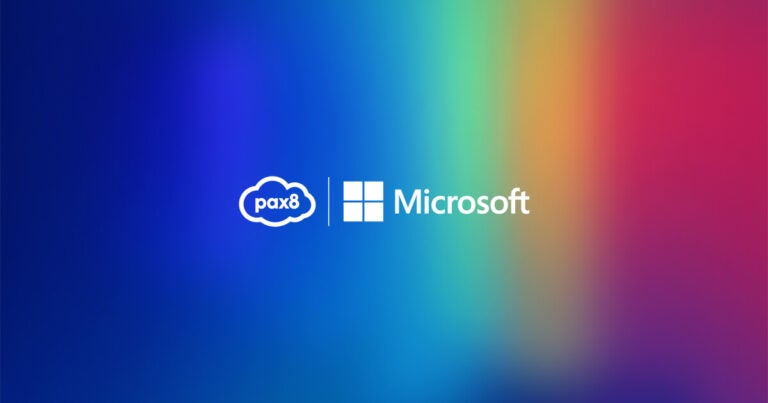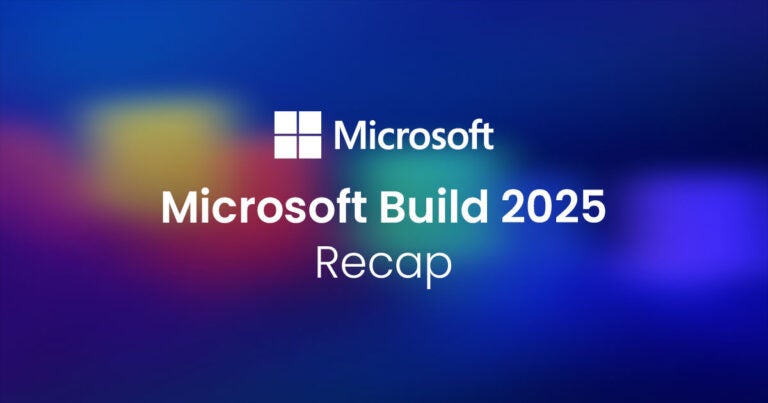As Microsoft brings public sector subscriptions into the New Commerce Experience (NCE), it’s time to prepare for a transformative shift in licensing and subscription management. This guide will help you ensure your public sector clients, including nonprofits, government agencies, and educational institutions, are well-equipped for the move from legacy Cloud Service Provider (CSP) subscriptions to NCE.
What is NCE and how does it impact public sector customers?
Microsoft’s New Commerce Experience (NCE) is the next evolution of the Cloud Solution Provider (CSP) program, impacting seat-based offers in Microsoft 365, Office 365, Dynamics 365, and Power Platform. With NCE, licensing becomes more flexible and efficient but also introduces some key considerations for public sector clients.
Background
In July 2023, Microsoft announced the launch of NCE for public sector customers. Microsoft defines the public sector as nonprofits, government, and education customers. These customers need Microsoft to qualify and approve them to access sector-specific licenses.
NCE was first introduced to commercial sector customers in 2020 and will soon become available to your public sector customers. This will help partners manage all their subscriptions under one platform more easily.
Initially, the availability of NCE for public sector was scheduled for November 2023, but Microsoft has taken partner and customer feedback into consideration, allowing more time for transition. The introduction of NCE will soon be followed by the retirement of legacy CSP subscriptions, which means if you don’t take any action before the legacy subscription renewal date, Microsoft will begin migrating legacy CSP subscriptions to NCE with annual commitments. This applies to commercial customers who have not migrated to NCE as well.
Timeline
August 1, 2024 – New subscription purchase must be on new commerce
No earlier than September 1, 2024 – Microsoft led migration for Public Sector
December 1, 2024: Monthly billing option for Microsoft Copilot annual subscriptions becomes available.
March 31, 2025 – End of legacy incentives.
Microsoft 365 Copilot and new billing options
Starting December 1, 2024, monthly billing options for annual subscriptions of Microsoft 365 Copilot, Copilot for Sales, and Copilot for Service will become available, priced at a 5% premium.
For public sector clients hesitant to adopt Copilot or other AI solutions due to upfront costs, this introduces a budget-friendly entry point to integrate AI-driven productivity into their workflows. Public sector teams can leverage Copilot’s features to enhance collaboration and innovation while keeping cash flow flexible.
Key Updates:
- Commitment periods and premiums:
- Monthly subscriptions: Offer flexibility but at a 20% premium over annual commitments.
- Annual commitments paid monthly: Effective April 1, 2025, a 5% premium will apply to annual subscriptions with monthly payments.
- Annual commitments paid annually: No additional premium, offering the most cost-effective solution.
- Grace period for adjustments:
- Customers have a seven-day grace period after activation to change subscription terms, quantities, or cancel. Afterward, subscriptions are locked for the duration of the term.
- Mixed licensing options:
- Public sector customers can now manage education and nonprofit licenses on a single tenant, simplifying administration, and improving cost efficiency.
How do I prepare my public sector clients for the upcoming change?
Transitioning to NCE is the biggest change to happen in Microsoft public sector licensing in a long time. It will change how you do business with your clients and how you manage their licenses. You need to make sure both you and your clients are ready for the change. Below are some key things to consider when you communicate these changes to your public sector customers.
Budget cycles
We know most government, education, and nonprofit customers are heavily reliant on pre-allocated annual funding. Some organizations may operate on a calendar year budget cycle, while others operate on a fiscal year running from July to June or October to September. Since annual commitment through NCE is the most economical option, it is important to educate your customers on the upcoming changes to their licensing structure and payments so they can allocate the right costs to their upcoming operational budget.
Fluctuating user number
In the public sector, the number of software subscription users fluctuates heavily throughout the year. High turnover can be the result of varying numbers of interns, contractors, volunteers, or students in each intake. It’s important to understand what proportion of user numbers are subject to fluctuation so you can structure their licenses based on the commitment period. The most economical approach would be to allocate annual subscriptions to the core user base that is likely to remain constant throughout the year and keep the rest flexible with monthly subscriptions.
Security
Cyber criminals often target public sector organizations to access their sensitive data, such as personal identifiable information (PII). Cybersecurity is therefore not a luxury, but a necessity for these organizations. They need to protect their data, their users, and their reputation from cyber threats.
Transitioning to NCE provides a great opportunity to review and improve your public sector clients’ security posture. Many of these organizations are still using legacy products that have not been updated for several years. These products may have vulnerabilities or compatibility issues that expose them to risks. By upgrading to modern SKUs, you can help your public sector clients secure their environment and consolidate their security costs.
The role of Pax8
At Pax8, we are here to help you with this transition. With our NCE tracker, which you can find by logging into our Platform, you can easily identify which of your clients are on legacy CSP subscriptions, which products they’re using, and when they’re due for renewal. We encourage you to proactively reach out to your clients and educate them on the benefits and challenges of NCE. If you have any questions, please feel free to contact your Pax8 representative.
Resources
- Most recent public sector announcement in Partner Center: April 2024 announcements – Partner Center announcements | Microsoft Learn
- Microsoft documentation on NCE public sector offers
- Pax8 NCE Blog: Updates on Microsoft’s new commerce experience (NCE) for CSP





